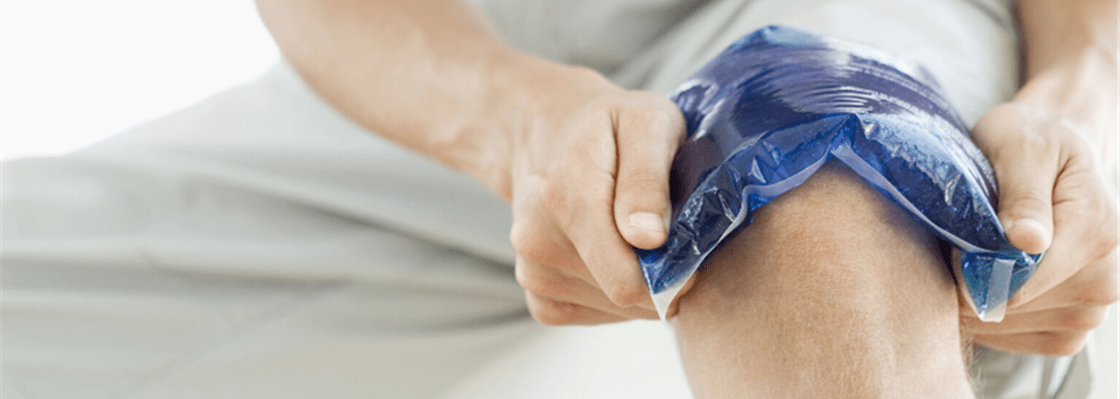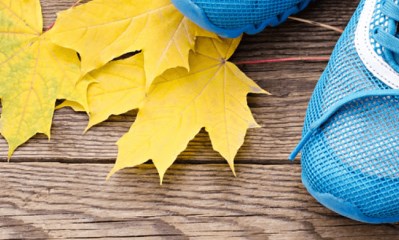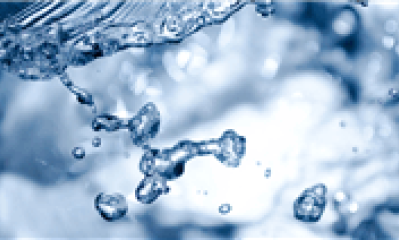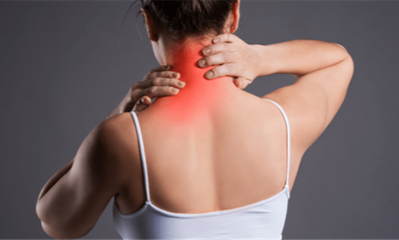Welcome back to the Dispotech blog! Supported by an article published on the 3dsportsmed.com website, today we will try to shed some light on the issue of when and how to use cold or heat packs after a minor injury, fall, bruising, pulled muscle, etc.
Welcome back to the Dispotech blog! Supported by an article published on the 3dsportsmed.com website, today we will try to shed some light on the issue of when and how to use cold or heat packs after a minor injury, fall, bruising, pulled muscle, etc.
Not only athletes are subject to sprains, falls, pulled muscles, and torn muscles: small similar accidents can happen to any of us and it’s a good idea to know how to react – clearly, if the situation is not so serious as to require a doctor’s advice and care. The effect of ice and heat have different benefits and objectives, which we will try to clarify in this article. Depending on the injury, in fact, you can choose one or the other – in some cases both can be used.
When to used therapies based on cold packs
Cold acts especially on swelling, sprains and bruising. A cold pack placed on the aching part of the body gives immediate relief and causes blood circulation to slow down and the pain diminishes. It is important to use the cold pack always wrapped in a towel or cloth, especially if it’s a "homemade remedy".
Cold therapy can be repeated several times during the day: you need only keep the ice pack on the sore part for no more than 20 minutes. Use of this therapy for more than 24-48 hours is not recommended: if the pain persists you should contact a specialist.
When to use therapies based on heat packs
Heat-based therapy is especially indicated for muscle aches and discomforts: “crossed” nerves, strained muscles, tendon pain, spasms, etc. Heat packs tend to dilate blood vessels and allow oxygenated blood to flow faster to soothe muscle pain. As with cold therapy, heat-based therapy must not be too prolonged and is generally discouraged for those with open wounds (bleeding may increase) and those suffering from diabetes.
The benefits of heat and cold can be used together to speed up the healing of bruises and sprains: cold is used first, which helps to reduce swelling on the aching part, and then heat, which soothes pain.
Generally speaking, you should consult a doctor if neither therapy solves the problem: there may be a fracture, a broken bone or injuries of various degrees that can only be verified with an X-ray. Don't underestimate the pain and consult a doctor for any doubts you may have!
Do you use heat and/or cold packs after an injury? Tell us about it contacting the Dispotech team.

















